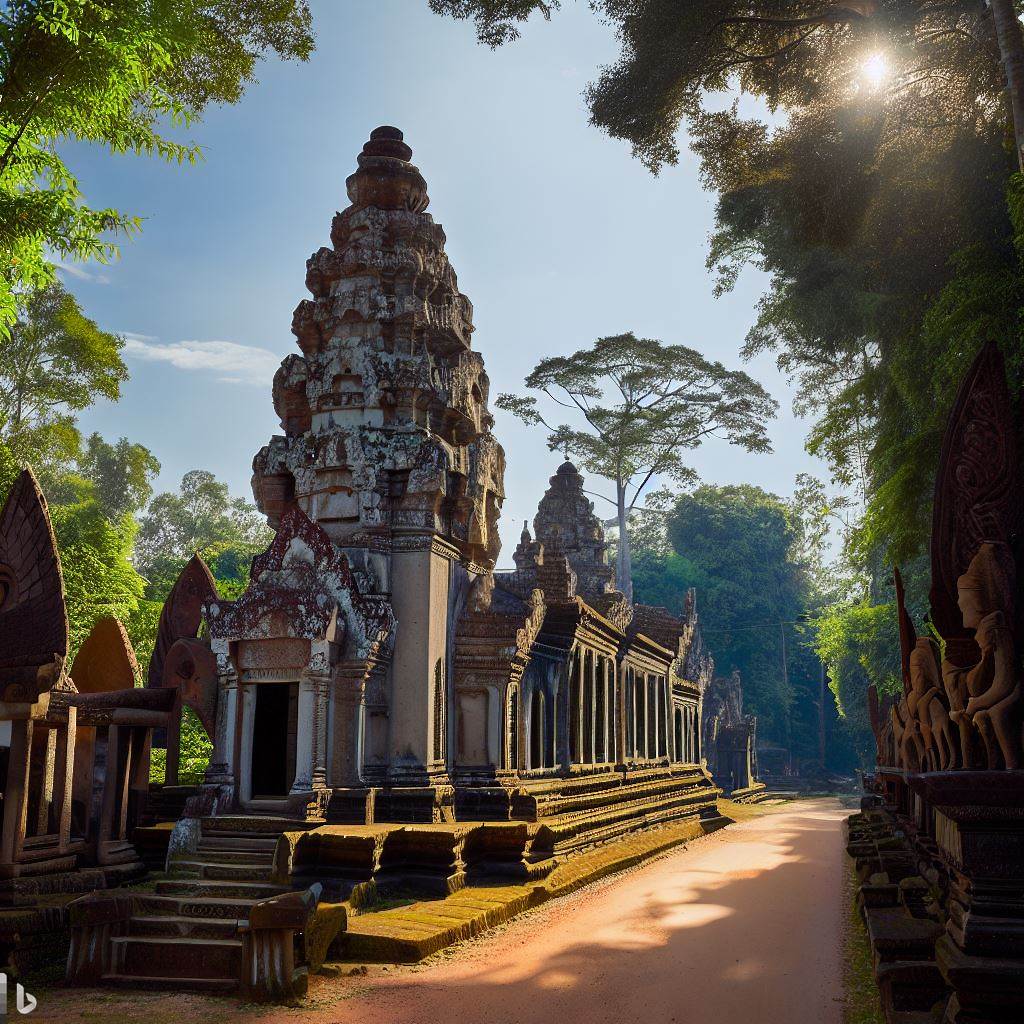Cambodia was once the center of the mighty Angkor Empire, a powerful civilization that thrived from the 9th to the 15th centuries. The empire is renowned for its magnificent temple complexes, including the world-famous Angkor Wat. These architectural marvels stand as a testament to the advanced engineering, artistry, and cultural richness of ancient Cambodia.
Cambodia experienced a tragic period under the Khmer Rouge regime, led by Pol Pot, from 1975 to 1979. During this time, the country faced immense suffering as the regime implemented radical communist policies, resulting in widespread genocide and the loss of approximately 1.7 million lives. The Khmer Rouge’s reign of terror left a deep scar on Cambodia’s history and the collective memory of its people.
The Khmer Rouge established “killing fields” throughout Cambodia, where mass executions and burials took place. These sites, such as Choeung Ek and Tuol Sleng, serve as haunting reminders of the atrocities committed during the regime. Visiting the killing fields offers a somber and sobering experience, allowing visitors to learn about and reflect upon Cambodia’s dark past.
Pol Pot, the leader of the Khmer Rouge, implemented radical communist policies aimed at creating an agrarian utopia. However, his regime instead brought about widespread suffering and death. Under Pol Pot’s rule, cities were emptied, intellectuals were persecuted, and the population was subjected to forced labor and harsh living conditions. His actions had a devastating impact on Cambodian society that is still felt today.
Angkor Wat, located in Siem Reap, is the largest religious monument in the world and a UNESCO World Heritage site. Built during the height of the Angkor Empire, this sprawling temple complex is a stunning example of Khmer architecture and is a symbol of national pride for Cambodia. It attracts millions of visitors each year who come to admire its grandeur and explore its intricate carvings and religious significance.
Cambodia was a French protectorate from 1863 to 1953. During this period, French influence permeated Cambodian culture, architecture, and administrative systems. French colonial rule left a lasting impact on Cambodia, with remnants of French colonial architecture still visible in cities like Phnom Penh. The French legacy is also evident in Cambodia’s cuisine, language, and education system.
The Royal Ballet of Cambodia, also known as Khmer Classical Dance, is a traditional art form that has been preserved and performed for centuries. It combines graceful movements, elaborate costumes, and intricate hand gestures to depict mythical stories and important cultural narratives. The Royal Ballet is recognized as a masterpiece of intangible cultural heritage and continues to captivate audiences with its beauty and grace.
Cambodia gained independence from France on November 9, 1953, marking a significant milestone in its history and national identity. Independence Day is celebrated annually to commemorate this event and honor the resilience and determination of the Cambodian people in reclaiming their sovereignty.
The Khmer Empire, which flourished between the 9th and 15th centuries, was one of Southeast Asia’s most powerful and prosperous civilizations. The empire’s capital, Angkor, was a thriving center of trade, culture, and architecture. The Khmer Empire left behind a remarkable legacy, including awe-inspiring temples like Angkor Wat and Bayon, showcasing the empire’s architectural mastery and artistic achievements.
Cambodia is still grappling with the aftermath of landmines and unexploded ordnance from past conflicts, including the Khmer Rouge era and regional conflicts. These hidden dangers continue to pose a significant threat to civilian safety and impede the country’s development. Organizations and initiatives are working tirelessly to clear landmines, provide assistance to affected communities, and raise awareness about the ongoing landmine problem in Cambodia.


